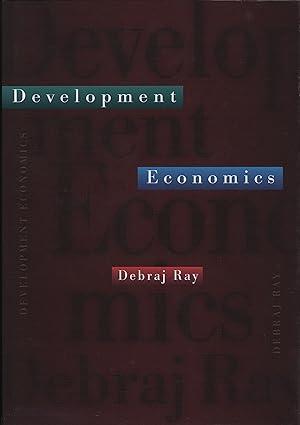Two countries, A and B, identical in all respects, each produce two goods, bread and wine, using
Question:
Two countries, A and B, identical in all respects, each produce two goods, bread and wine, using a single input, labor. The production of each good is carried out under constant returns to scale.
But a higher economy-wide production of any of the goods has positive externalities for individual production of that good: the amount of labor required to produce one unit of each good depends negatively on the overall production of that good in the economy. Bread and wine are demanded in equal proportions in each of the countries, irrespective of relative price.
(a) For a given aggregate level of production of bread and wine in the economy as a whole, sketch the production possibilities of a single producer and show that this “individual” production possibility frontier must be a straight line.
(b) Now draw the production possibility frontier for the economy as a whole. Contrast the shape of this frontier with that of the individual production possibility frontier.
(c) Show that international trade between the two countries can lead to three types of equilibria:
(i) A produce all the bread and B produces all the wine,
(ii) B produces all the bread and A produces all the wine, and
(iii) A and B both produce both goods in exactly the same proportions. Discuss why the third equilibrium is “unstable” in the sense that a small change in the composition of production by any one country will lead the world economy progressively away from (iii). In this context, discuss how initial historical accidents can lead to the establishment of either equilibrium (i) or (ii).
Step by Step Answer:






